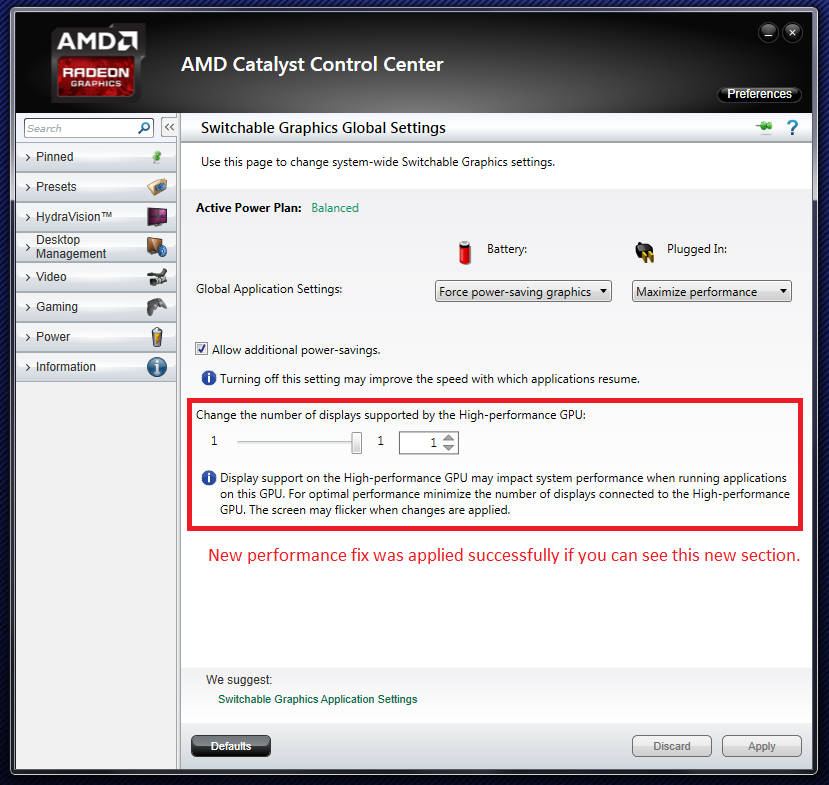

Some of them also provide modified or patched dll files for hardware enthusiasts to modify their cards (as 9500non-pro and 9500Pro use the same chips, and 9800SE and 9800 use the same chips, some of them can be modified by activating all 8 pixel pipelines). They are, of course, unsupported, and as such are not guaranteed to function correctly or quantitatively improve functionality (placebo effect). These drivers typically consist of mixtures of various driver file versions with some registry variables altered and potentially offer superior performance or quality. There are also unofficial drivers available such as the Omega drivers, claiming to boost performance when compared to the official Catalyst. The day that Microsoft Vista launched, ATI provided a Microsoft certified Catalyst driver referenced as Catalyst 7.1 For example, the display driver can be downloaded alone, separated from the CATALYST Control Center and WDM VIVO drivers. The CATALYST package can be downloaded in pieces as well, for non-broadband users. The old control panel interface (within Windows' Display Properties) was previously a fall-back option, but that has been discontinued as of CATALYST 5.13. It also offered a small 3D preview, allowing the user to see how changes to the graphics settings affected the quality of the rendered image. As of 2006, the CATALYST driver package typically included ATI's CATALYST Control Center an interface for manipulating many of the hardware's functions within Windows XP, such as 3D settings, monitor controls, video options, among other things. This new driver development paradigm at ATI promised monthly driver updates which included performance enhancements, bug fixes, and new features. The CATALYST software was instituted after the release of the Radeon 8500, as a marketing effort to match nVidia's universal Detonator driver packages. Products up to and including the HD 5000 series are branded as ATI Radeon, while the HD 6000 series and beyond use the new AMD Radeon branding.ĪTI's Windows Radeon driver package is called CATALYST. The brand was previously known as "ATI Radeon" until August 2010, when it was renamed to create a more unified brand image. More specific distinctions can also be followed, such as the HyperZ version, the number of pixel pipelines, and of course, the memory and processor clock speeds. There are four different groups, which can be differentiated by the DirectX generation they support. Radeon is the successor to the Rage line.

Radeon ( / r eɪ d ˌ ɒ n/) is a brand of graphics processing units (GPU) produced by Advanced Micro Devices (AMD), first launched in 2000 by ATI Technologies which was acquired by AMD in 2006.


 0 kommentar(er)
0 kommentar(er)
